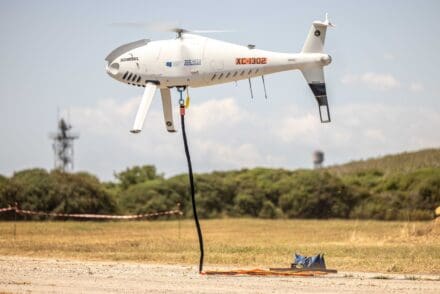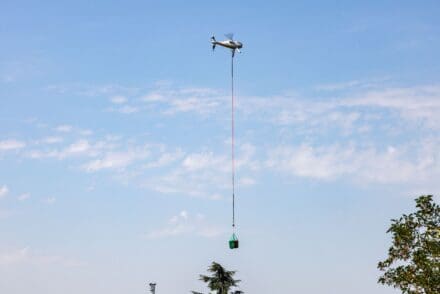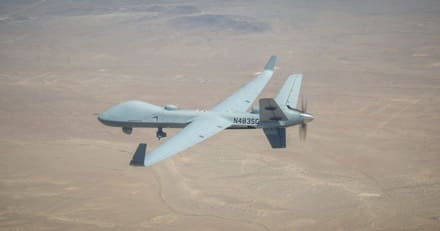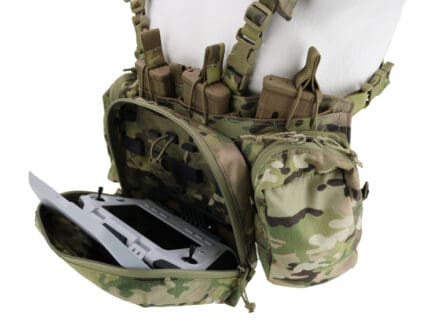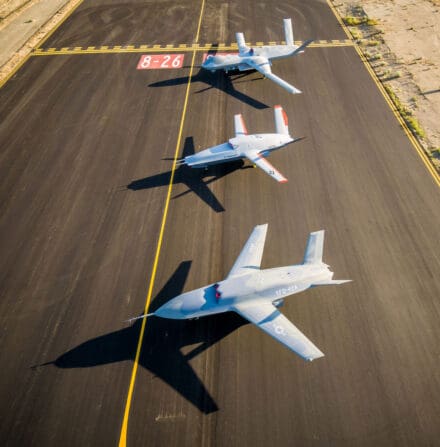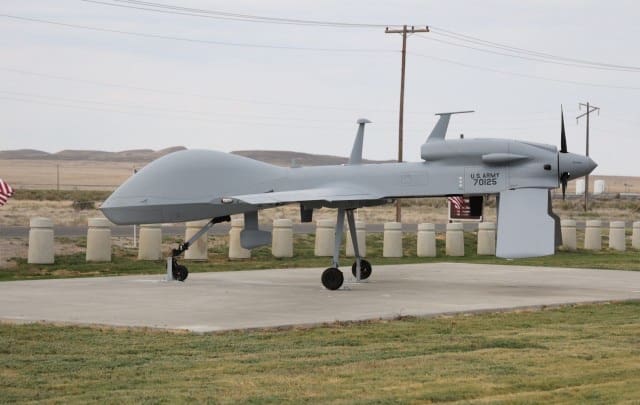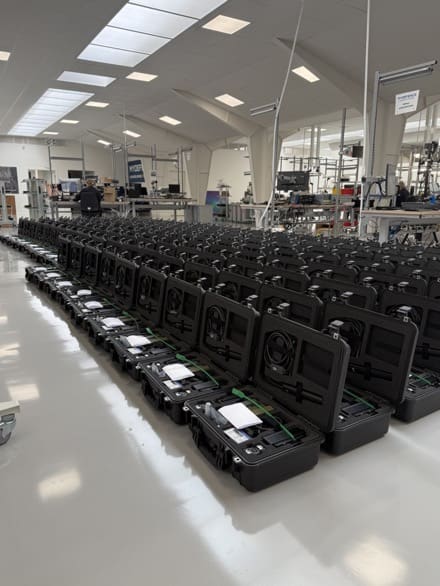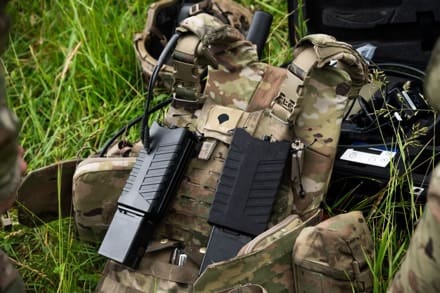- Hon Pat Conroy, Minister for Defence Industry, has today announced the initial LAND 156 contract awards
- DroneShield has received approximately $5 million in orders, of $16.9 million total
DroneShield (ASX:DRO) is pleased to share the announcement by the Hon Pat Conroy MP, Minister for Defence Industry, regarding the award of a contract under Project LAND 156 to supply handheld counter-drone equipment to the Australian Defence Force.
DroneShield was awarded approximately $5 million of a $16.9 million in contracts (across 11 vendors, including 5 Australian Companies).
The contract involves the provision of portable drone detection and defeat systems designed to support ADF personnel in identifying and mitigating unmanned aerial threats. This procurement forms part of the Commonwealth’s broader initiative to accelerate the acquisition of counter-drone capabilities.
DroneShield will deliver equipment in accordance with the contract terms and project timelines.
In addition to this equipment delivery, DroneShield stands ready to support the ADF as Systems Integration Partner under the broader LAND 156 program. With deep expertise in sensor fusion, electronic warfare, and command-and-control integration, DroneShield is well positioned to contribute to the development of scalable, interoperable counter-drone architectures that meet Defence’s evolving operational requirements.
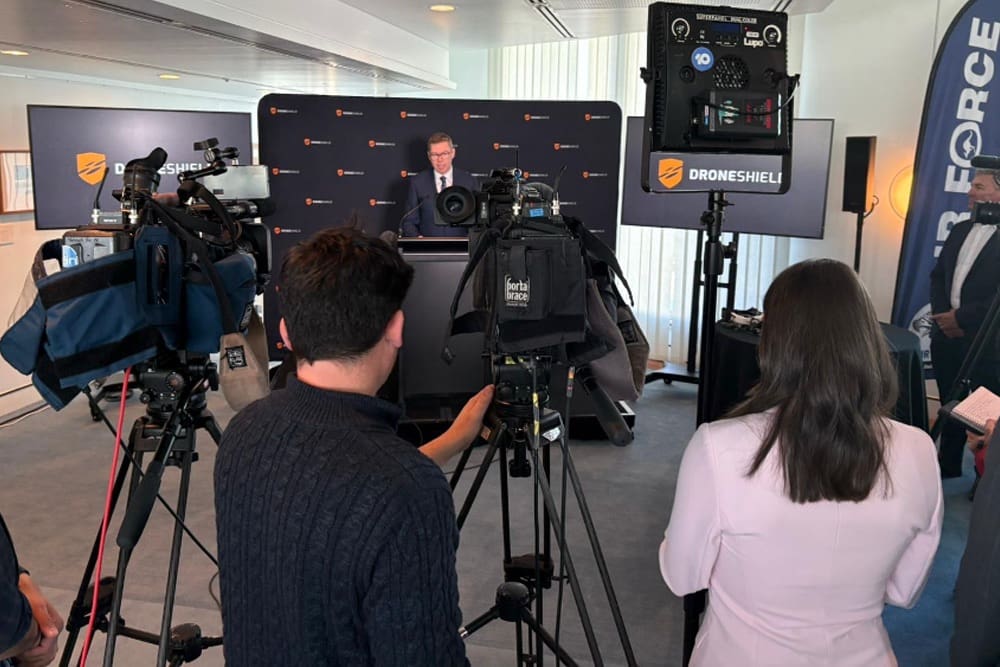
Image: Minister Conroy’s LAND 156 announcement
Hon Pat Conroy MP, Minister for Defence Industry, has commented, ”Australian industry is critical to delivering this technology, and they are demonstrating world leading innovation while creating Australian jobs.”
“We welcome the opportunity to support the Australian Defence Force through Project LAND 156. This contract reflects the growing operational need for portable counter-drone capabilities and DroneShield’s continued role in delivering solutions aligned with Defence requirements,” said DroneShield Chief Executive Oleg Vornik.
“DroneShield’s handheld systems are designed for rapid deployment and ease of use in complex operational environments, offering frontline personnel reliable tools to detect and neutralise hostile drones. The awarded contract builds on DroneShield’s track record of delivering counter-UAS solutions to military and law enforcement customers globally, including in Ukraine.”
The full ministerial release is available here: www.minister.defence.gov.au/media-releases/2025-07-24/accelerating-acquisition-drone-counter-drone-technology


